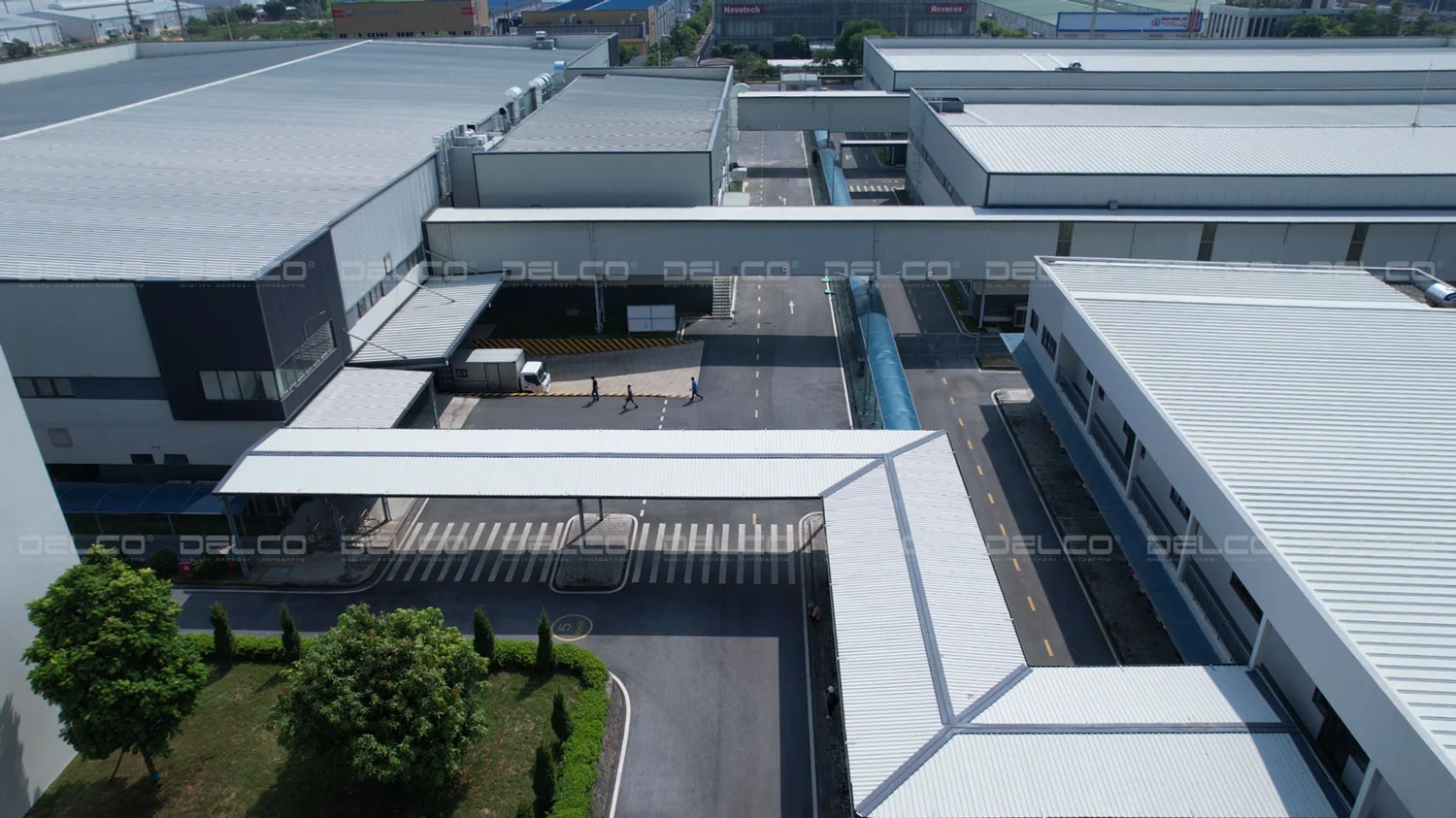Combining the durability of traditional cement with a unique luminous effect, light-generating cement promises to be an innovative green material solution for sustainable and energy-efficient architecture.
What is light-generating cement?
Light-generating cement is a type of cement capable of self-illumination at night, maintaining its glow for up to twelve hours. This material emits a blue or green light and is produced by mixing four to five percent optical fibers into the cement mixture.
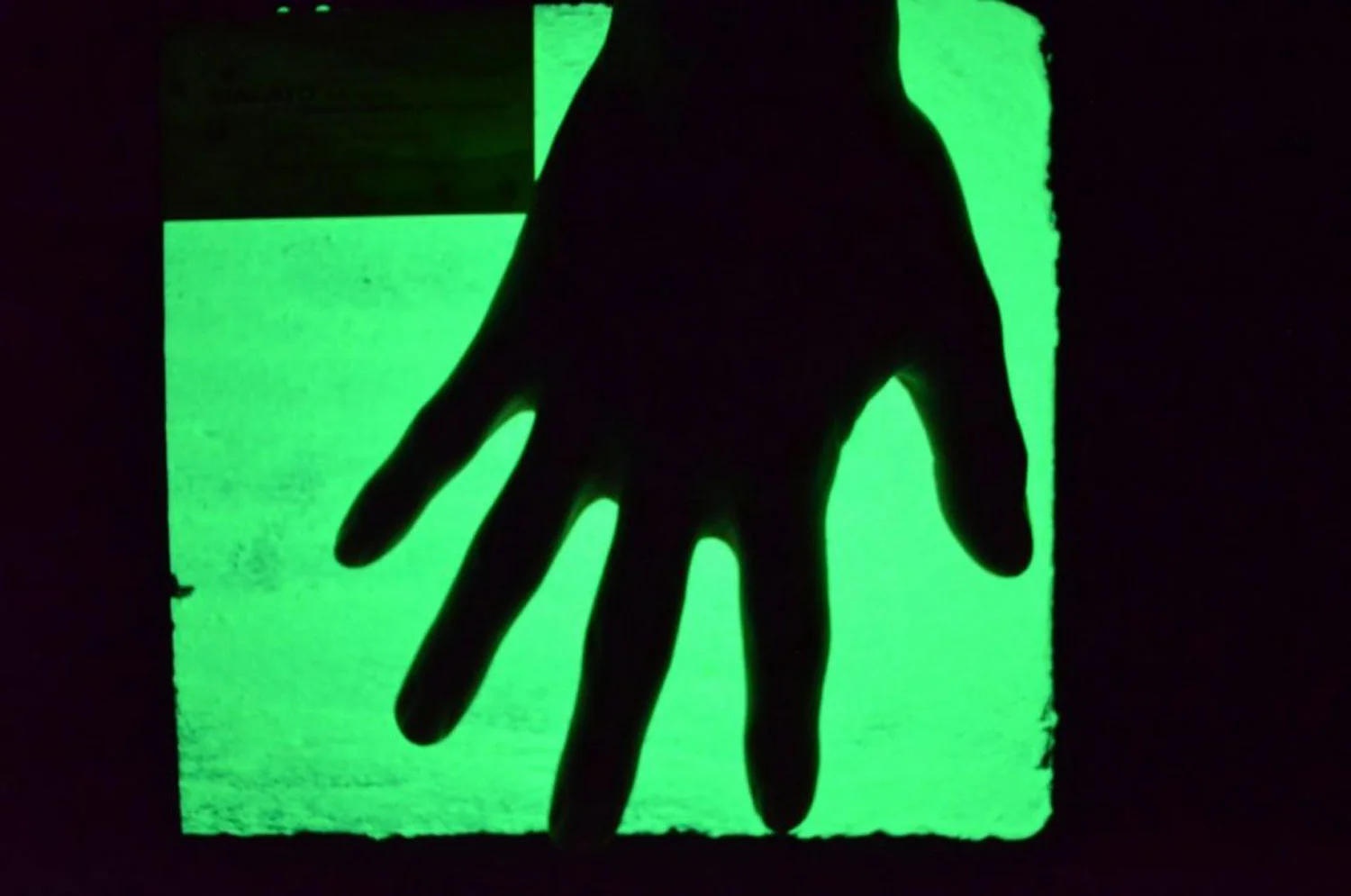
A block of light-generating cement glowing in the dark after exposure to a light source
How is light-generating cement manufactured?
The primary components of light-generating cement include sand, silica, industrial waste, alkalis, and water. This mixture is processed using a polycondensation method at room temperature. Specific additives are introduced to modify the cement’s optical properties, forming an amorphous glass-like microstructure that allows light to pass through. The production process results in a gel-like compound, some crystal fragments, and releases water vapor.
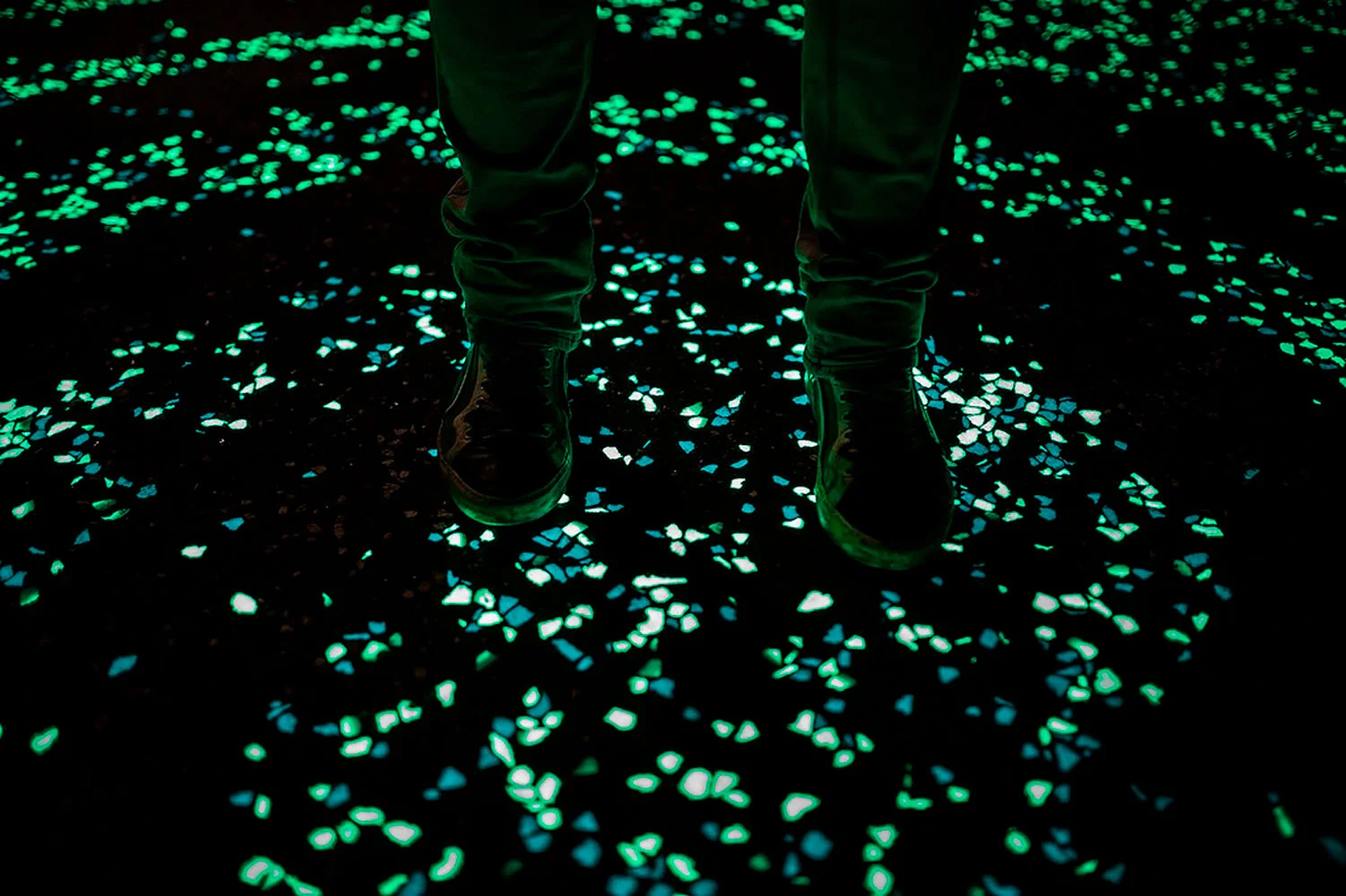
This type of cement can absorb light even on cloudy days and continuously emit light for up to twelve hours at night. Additionally, light-generating cement retains the mechanical properties of traditional cement, making it suitable for various applications such as render and surface finishing.
Key advantages of light-generating cement
- Energy-saving: The luminous surface significantly reduces the need for electric lighting in outdoor areas.
- High durability: Excellent heat resistance and a lifespan of up to one hundred years—far superior to plastic-based luminescent materials.
- Environmentally friendly: The manufacturing process utilizes industrial waste as raw material, while the polycondensation method is virtually emission-free, producing only water vapor as a by-product.
- Flexible aesthetics: Soft green or blue light adds a unique decorative effect and visual interest to spaces; the color and brightness can be adjusted to avoid glare.
Applications of light-generating cement in architecture and construction
One of the most prominent applications of light-generating cement is in infrastructure such as highways, roads, sidewalks, and bike lanes—creating safer, more visually engaging pathways that rely less on electrical lighting.
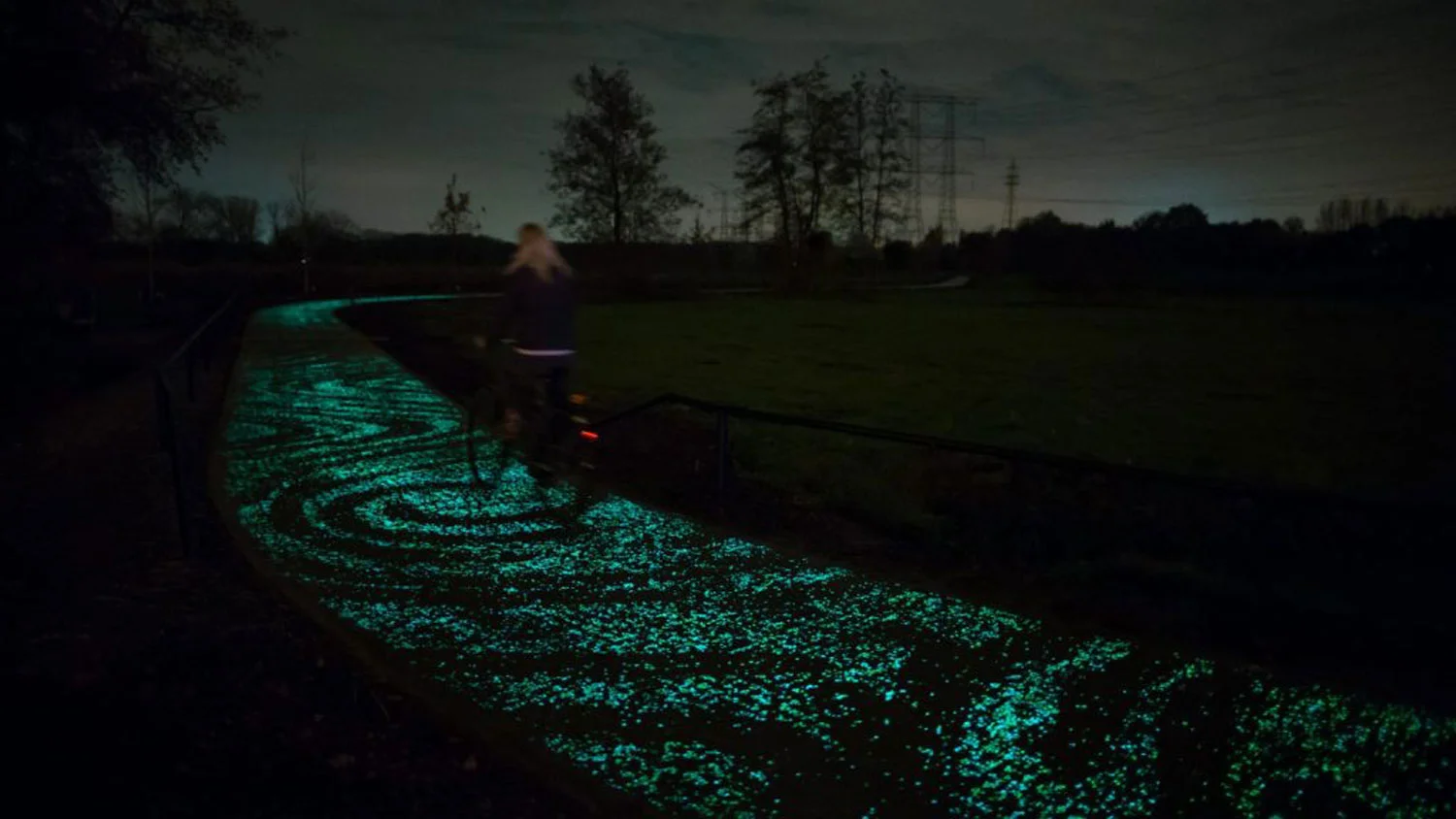
The Van Gogh path in the Netherlands uses light-generating cement.
In interior design, light-generating cement also contributes to aesthetic enhancement and user experience. It has been successfully tested in the construction of bathrooms and restrooms in high-rise buildings, yielding promising results.
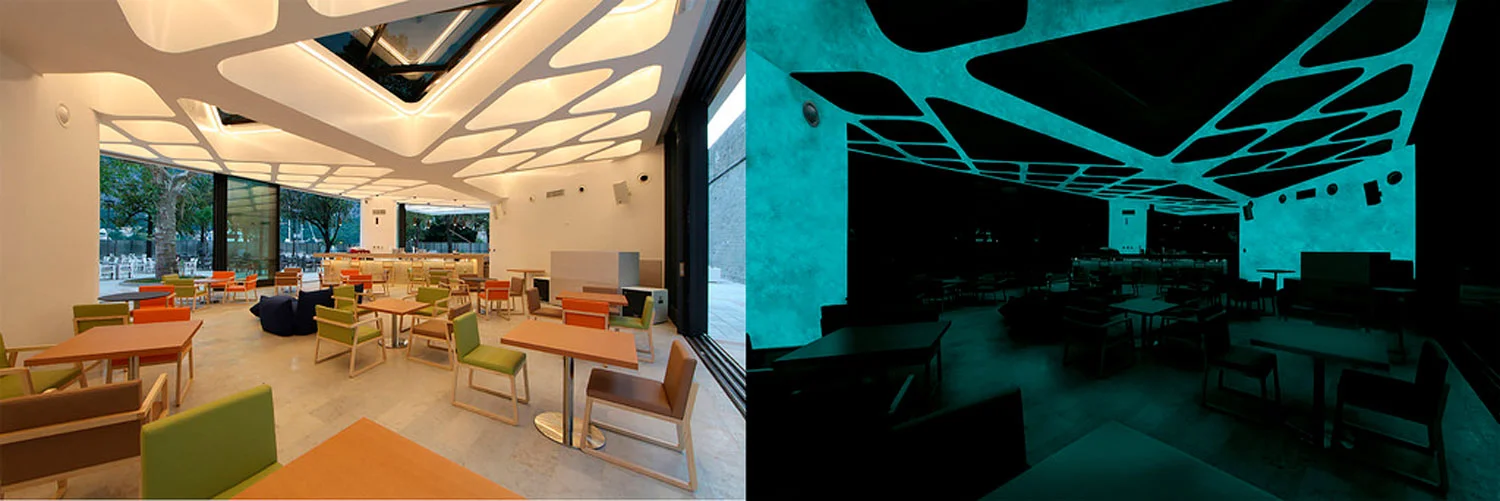
Light-generating cement can also be applied in architectural elements such as corridors and facades.
Furthermore, thanks to its gel-like structure that prevents the growth of fungi, yeast, and microorganisms, light-generating cement shows potential for use in industrial facilities requiring high hygiene standards—such as those in the food and beverage (F&B) industry.
The potential of light-generating cement in Vietnam
With its natural luminescence, energy efficiency, and eco-friendliness, light-generating cement is considered a highly promising material for future architectural projects in Vietnam. However, for it to gain broader adoption, several challenges must be addressed:
- High production cost: The specialized manufacturing process and unique ingredients—such as optical fibers and photoreactive additives—make light-generating cement significantly more expensive than conventional cement, with prices reaching USD sixty to eighty per square meter.
- Market readiness: Vietnam’s market still prioritizes traditional construction materials with affordable costs. New materials like light-generating cement need time to prove their long-term effectiveness and gain wider acceptance.
Nonetheless, as Vietnam pushes forward with green architecture and energy-efficient buildings, light-generating cement is expected to emerge as a key material solution in the near future.
See more: Cement prices rise by 50,000 VND/ton in early 2025
See more: Self-healing concrete: A new material solution for sustainable industrial construction


